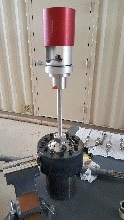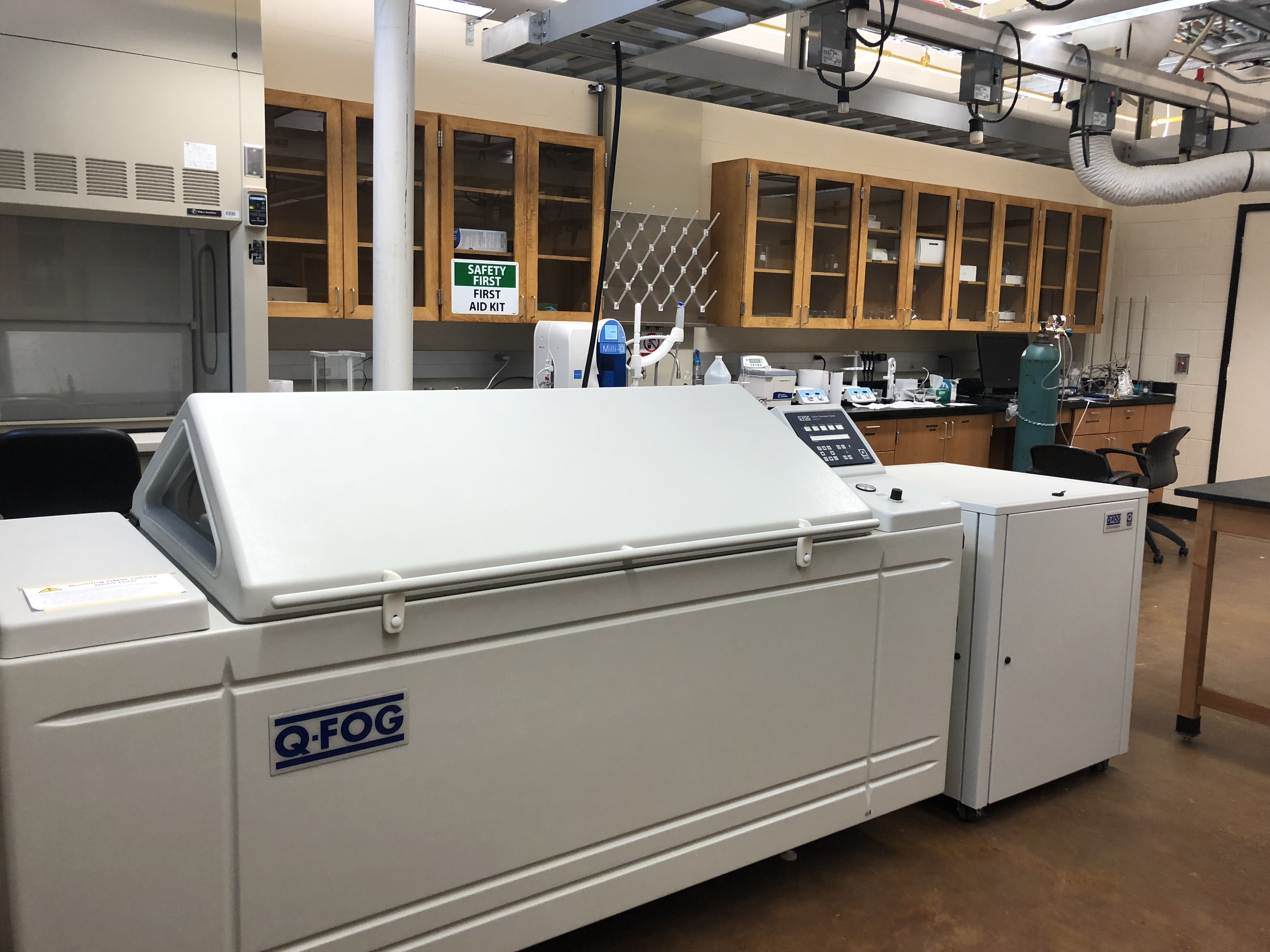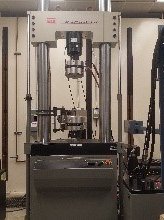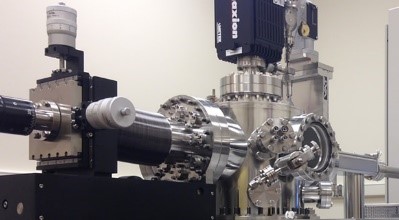Research Capabilities
Electrochemical/Mechanical/Spectroscopy/Microstructural testing for a wide range of corrosion related topics, such as Stress Corrosion Cracking, Atmospheric Corrosion, Passivation, Coating Adhesion, Pitting, and others.
These techniques include,
- Slow Strain Rate Tensile (SSRT) testing.
- Four Point Bend test.
- Cyclic polarization/potentiodynamic polarization.
- Electrochemical Impedance Spectroscopy.
- Pitting resistance.
- Multi-electrode array testing.
- Barnacle cell (hydrogen concentration determination).
- Thermal Desorption Spectroscopy (hydrogen concentration, hydrogen diffusion, and hydrogen binding energy analysis)
- In-situ Raman Spectroscopy.
- Blister test (coating adhesion calculation).
- Conventional Adhesion Testing (pull-off and peel testing)
- Potentiostatic and galvanostatic oxide growth.
- Potential Mapping using Scanning Electrode Microscopy and Atomic Force Microscopy.
- Microstructural characterization utilizing SEM/EDS.
Research Equipment:
 |
In-situ Surface Enhanced Raman Spectroscopy System Hyperflux PRO Plus 785 Tornado Spectral with RFP-540H-785 Hastelloy C276 raman probe. This technique is utilized to characterized surface films in-situ. |
 |
Q-Fog Cyclic Corrosion Tester, Model CRH/1100-HSC. This chamber is used to perform accelerated corrosion testing following standards such as ASTM B117, GMW 14872, and others. |
 |
Gamry Potentiostats/Galvanostats (Reference 600+, Interface 1010, Interface 1000). Research grade potentiostats are available to perform electrochemical techniques such as, potentiodynamic polarization, cyclic polarization, cyclic voltammetry, and electrochemical impedance spectroscopy among others. |
 |
Infrared Camera. This camera is utilized to spatially resolve the temperature readings on specimens. |
 |
Servo-electric loading frame Instron 5985 (250kN). This frame can be used for fatigue and tensile experiments, including slow strain rate tensile testing. |
 |
Servo-hydraulic loading frame MTS 809 axial/torsion (22 kip). This frame is mainly used for high fidelity fracture mechanics experiments, including fatigue, corrosion fatigue and stress corrosion cracking. |
 |
Scribner Multichannel Microelectrode Potentiostat 910 MMA. With 100 channel capacity and electrochemical impedance spectroscopy, this potentiostat can be used to perform electrochemical techniques and obtain spatial resolution of the electrochemical behavior of materials. |
 |
LK TECHNOLOGIES TDS1000. This Thermal Desorption Spectrometer System is utilized in hydrogen embrittlement related studies for the calculation of hydrogen concentration, diffusivity and binding energy. |
 |
Spot heater SpotIR 4085. It contains a single 750W halogen bulb and a reflector for focusing the thermal hot spot onto targets of 0.5 inch. |


